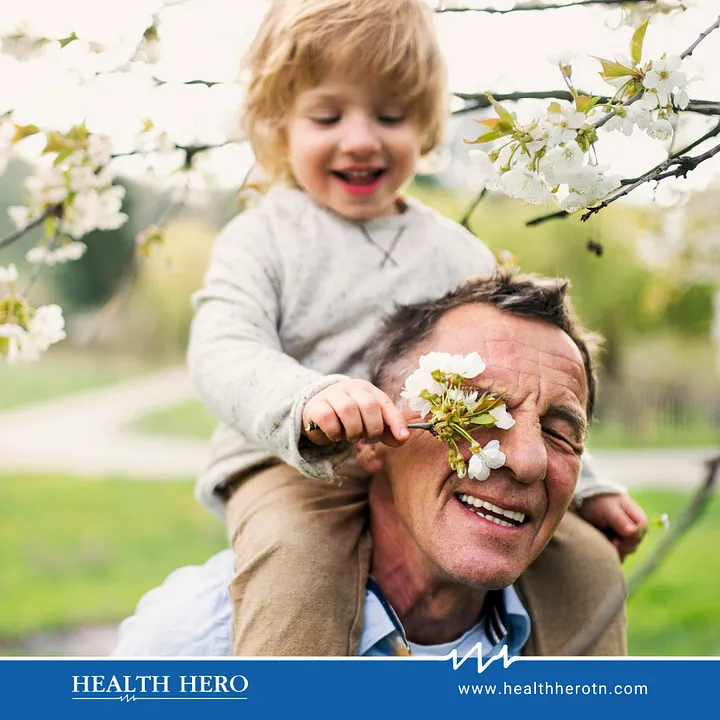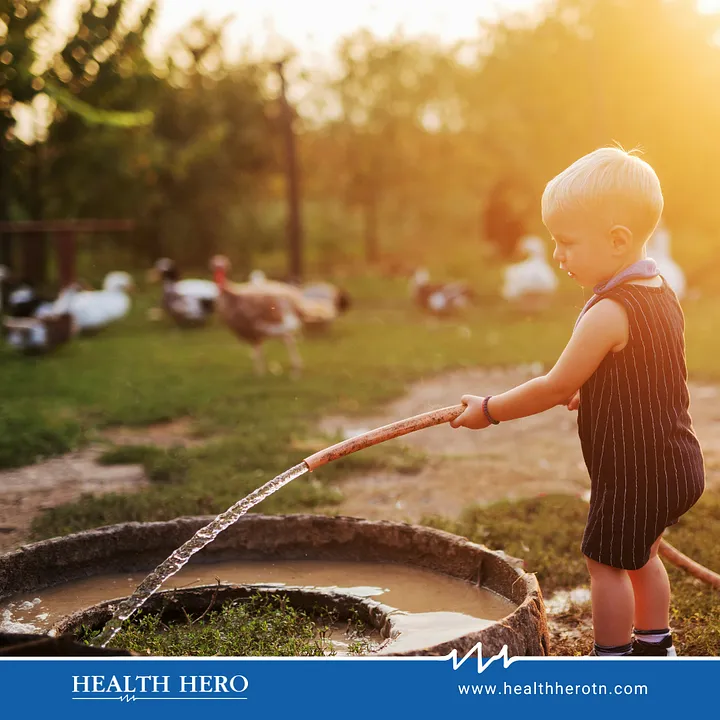(But Not Really) The real scoop on why vaccinations are essential.
Did that headline make you do a double-take? While it might sound like a call to action to avoid vaccinations, this article underscores why vaccines are necessary for individual health and community safety. Let’s clear the air and get into the facts about vaccines and their critical role in public health.
A Brief Primer on Vaccines
Vaccines are one of modern medicine’s most significant achievements, offering a defence against serious and often deadly diseases. By introducing a harmless virus, bacteria, or weakened form of the disease, vaccines train the immune system to recognize and fight off these pathogens effectively and swiftly in the future.
The Top Reasons to Embrace Vaccinations
1. Personal Health Protection
Vaccines prime your body to fight off diseases without causing them. This proactive approach can save you from experiencing severe complications associated with diseases like influenza, pneumonia, and meningitis. This is particularly important for children, the elderly, and those with weakened immune systems.
2. Community Shield: Herd Immunity
Vaccines protect you and everyone around you. When enough people are vaccinated, the community can achieve herd immunity, significantly decreasing disease spread. This communal protection is vital for safeguarding those who can’t be vaccinated due to medical conditions, such as cancer patients and those with allergic reactions to vaccines.
3. Cost Savings on Healthcare
Preventing diseases through vaccination avoids significant healthcare costs associated with treating them. Immunization programs have proven to be among the most cost-effective health interventions, saving billions in healthcare costs and having a global economic impact.
4. Global Disease Eradication Efforts
Vaccinations have the power to wipe out diseases completely. For example, smallpox was eradicated in 1980 thanks to global vaccination programs. Polio is nearing eradication, and efforts continue to eliminate other diseases, potentially freeing future generations from diseases that once caused widespread fear and fatality.
5. Proven Safety and Efficacy
Despite misconceptions, vaccines undergo rigorous testing to ensure they are safe and effective before being made available to the public. The risk of serious side effects is exceptionally low compared to the risks of severe health outcomes from the diseases themselves.
Addressing Vaccine Hesitancy: Common Myths
Several misconceptions contribute to vaccine hesitancy. Here are the facts to counter them:
“Vaccines cause the diseases they’re meant to prevent.” Modern vaccines do not contain live viruses capable of causing disease.
“Vaccines have harmful side effects.” The most common side effects are mild and temporary, such as soreness at the injection site or a mild fever.
“Natural immunity is better than vaccine immunity.” Natural immunity can sometimes provide robust protection, but the risks of disease complications far outweigh those associated with vaccines.
Wrapping It Up
The evidence is clear: vaccines save lives, prevent illness, and protect entire communities. So, when it’s your time to get vaccinated, remember that it’s not just for your health — it’s for the well-being of everyone around you.


